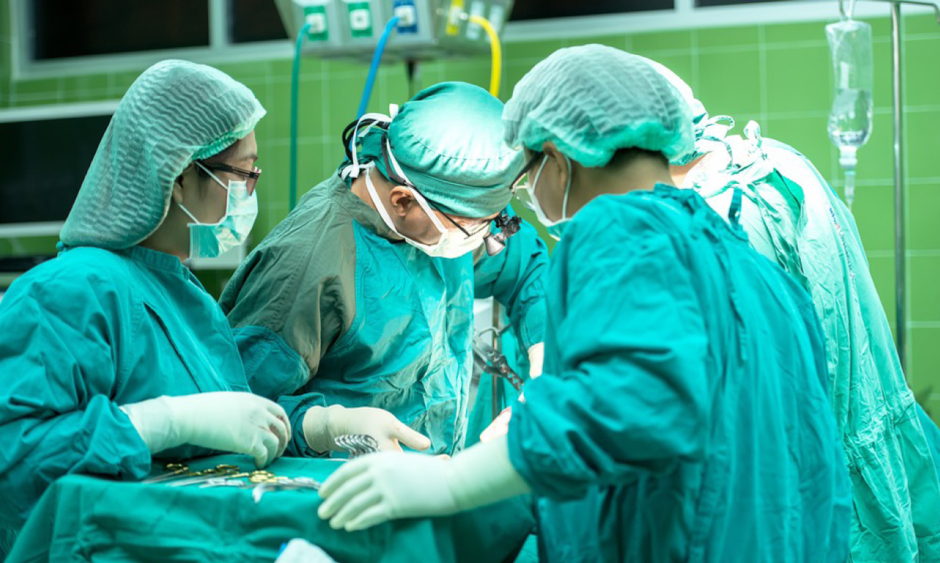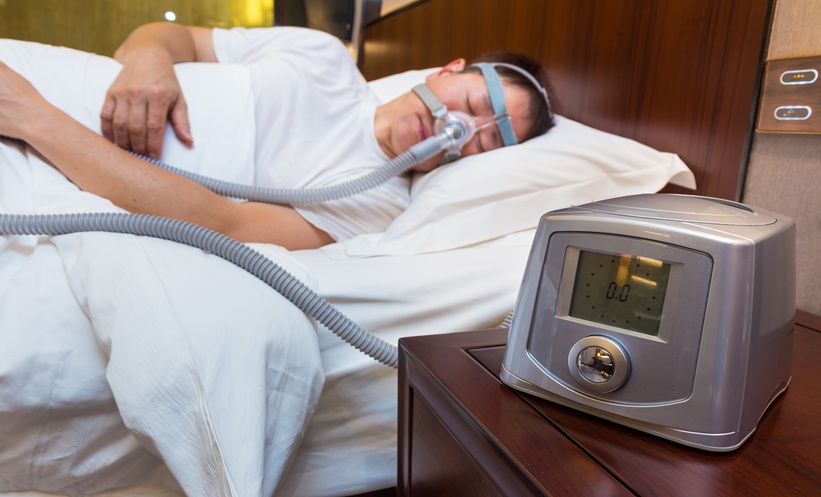Lung cancer has a relatively poor prognosis, killing nearly 1.8 million people worldwide each year. A common procedure for improving remission rates is lobectomy: the removal of one of the lobes from the lung. This procedure has a slow recovery rate and high chances of bleeding and further complications. Researchers from University of Montreal Hospital Research Centre (UMHRC), Montreal, Canada, have shown in a large international trial that the application of thoracoscopic lobectomy-video-assisted thoracoscopic surgery (VATS) combined with an ultrasonic energy device reduced the risk of postoperative bleeding, complications, and pain.
This study involved 150 patients, enrolled from eight hospitals in Canada, USA, and the UK. Of these individuals, 11 had a procedure to remove a smaller section of their lung (segmentectomy) and the other 139 underwent a full lobectomy. During these procedures, a total of 424 pulmonary artery (PA) branches were sealed: 239 with the ultrasonic sealing device HARMONIC ACE+ Shears (ACE), 181 with a vascular endostapler (VES), and 4 with endoscopic clips.
Performing operations in such a blood vessel dense organ can damage the fragile blood network. However, with a 3 mm jaw at its tip, the ACE allows a surgeon to seal blood vessels by delivering ultrasonic energy. The study found that the use of ACE in comparison with VES reduced the number of pulmonary branches to bleed intraoperatively from 2.2% to 1.3%. In addition, mean bursting pressure of the vessels were higher in the ACE group compared to VES (333.0 mgHg versus 114.2 mmHg).
The VATS procedure only requires small incisions, negating the need for a 25 cm incision and cutting of the ribs, as is necessary with traditional thoracotomy. A miniature video camera is inserted into the thorax, allowing the surgeon to see the instruments and anatomy in the chest cavity. Overall, this results in faster wound healing and a reduced risk of infection.
The study showed that VATS is a safe, minimally invasive alternative to open thoracotomy. The additional use of ACE further reduced the risk of bleeding and time spent recovering. Dr Moishe Liberan, a thoracic surgeon and researcher at UMHRC, commented: “I truly hope that the results of our clinical trial will reassure surgeons about the technical feasibility and safety of this operation and will encourage them to adopt it. A large number of patients could benefit from it and would be on their feet faster, with less pain.”







